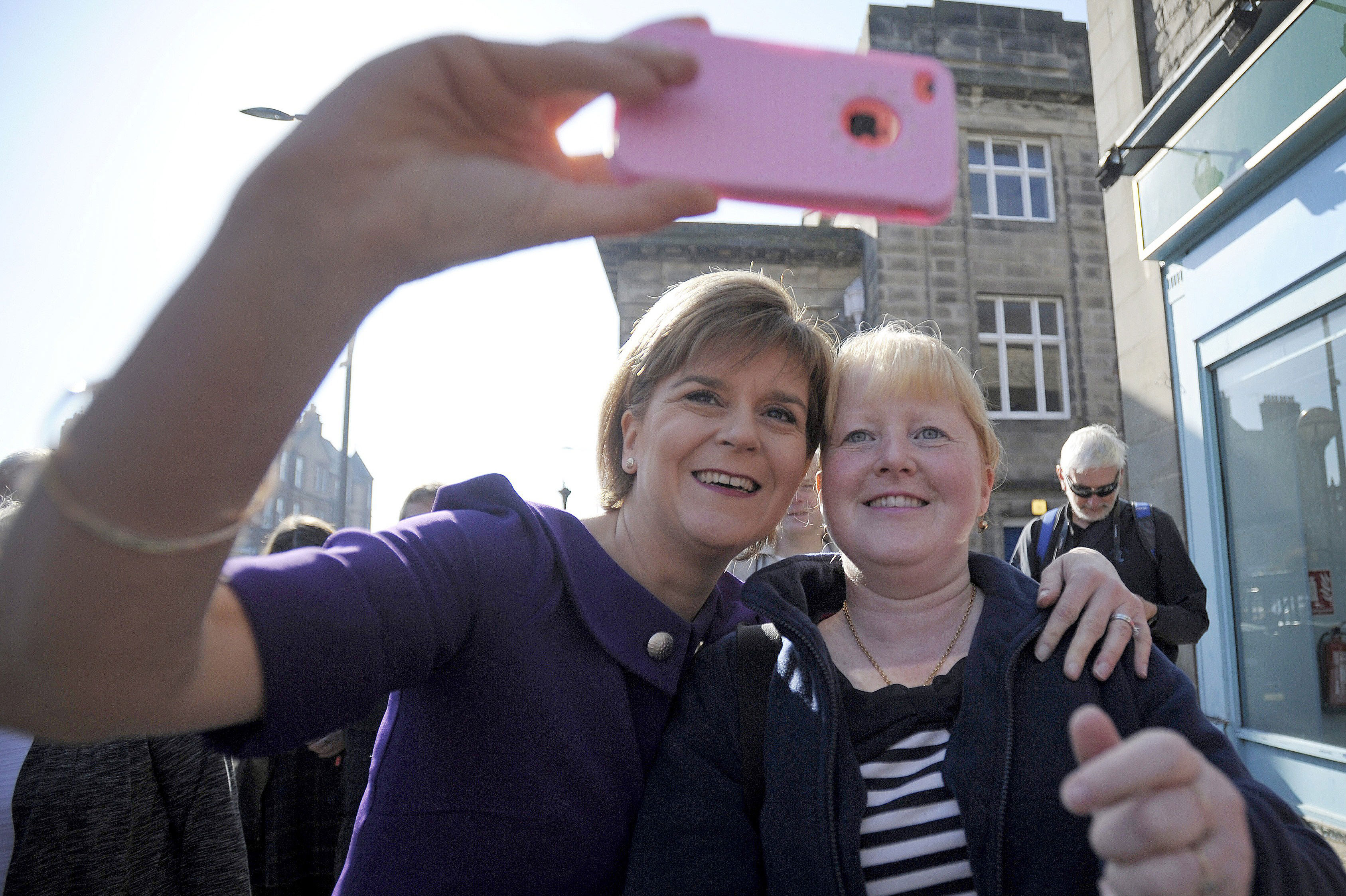A friend of mine was notorious at university for photoshopping every single photo of her that went onto Facebook. Every snap in a nightclub or lounging on the beach went through the same changes in RGB levels so that her tan appeared better. And she did look good, at first glance. To those who knew and loved her, though, she seemed rather sad and brittle, so uncomfortable in her own skin that she thought a warmer glow to her pictures might make people respect or like her more.
Four weeks into the official election campaign, and the main parties are behaving in the same brittle manner. They hope that the photo opportunities that they craft will make voters think they’re popular and happy. Rather than work at their ability to talk to people and persuade them of the merits of their policies and their own personal attributes, the party leaders are running a very Facebook-style election. It’s one where photos pretend that you’re popular and that people agree with you, just as people post endless selfies to prove that they’re having a good time, even if those who were with them don’t quite remember the occasion as being quite so roaringly fun.
So rallies are really just gatherings of activists for the cameras. No-one is persuaded, because they’re already on board. No-one is excited by politics, because they’re already in a party.
This must, by the way, be hugely frustrating for most MPs. They do spend their time talking to real people who haven’t been carefully selected by a team in their HQ, but who are standing with their arms crossed by their front doors, wondering whether to give that candidate the time of day. It is perhaps no coincidence that the leaders who appear to be the best at doing this even when they are running a party are Nicola Sturgeon, who has had to lose her fair share of seats as well as winning her place in the Scottish Parliament, and Ruth Davidson, who can take a ‘things can only get better’ attitude which involves dressing up as a piper, steaming round in a tractor spreading lime on a field, and standing around in the street hoping voters will talk to her.
Oddly Nick Clegg, who should be good at this given he faces a barrage of unpredictable and sometimes eccentric questions on his LBC show each week, seems reasonably insulated from the same sort of experience on the election trail, though at least he seems to be having fun swinging around in the trees in Devon or handling hedgehogs.
The parties are hoping that by insulating their leaders from voters, they will avoid a campaign gaffe along the lines of Gillian Duffy’s encounter with Gordon Brown. In doing so, they are blaming Gillian Duffy for revealing what Gordon Brown thought about voters who worried about immigration. Really, they should be blaming Gordon Brown for thinking what he did. If a party leader is worried that a chance encounter with a voter reveals what he or she really thinks, then perhaps he or she needs to have a think about what he or she thinks.
Even the clips of the leaders in their insulated election venues don’t look very lively. Stories illustrating the stage management go viral, showing that voters aren’t fooled at all. They’re probably quite angry at being taken for fools. So even if a party is sticking to a broadcast-only pretty-picture-focused strategy, it’s not exciting the voters, either. They look uncomfortable and paranoid, like someone hoping that cultivating their photo-editing skills, rather than their personality, will win them friends. So when commentators asked in the run-up to this campaign whether this would be a social media election, the answer was ‘yes’. But it’s a social media election in the sense that it is cutting people off from real interaction and instead encouraging them to fake it.








Comments